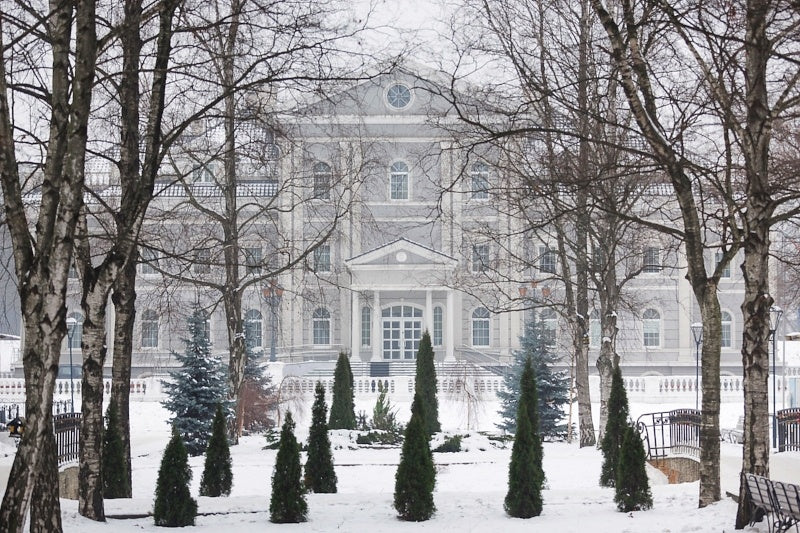
Trees, shrubs, plants, turf, and other landscaping elements at commercial/industrial facilities routinely "take a beating" every winter as prolonged snow and ice cover, dry, dehydrating winds, and relentless freeze-thaw cycles lead to "winter kill."
But beyond the loss on your landscaping investment, extra "lawn rehabilitation" costs come spring, and a diminished curb appeal during the recovery, wintry weather can also create dangers that will threaten all those using your facility and, potentially, could lead to injuries and expensive lawsuits.
Hazards Created by Winter Impacts on Your Trees
Trees are a wonderful addition to your facility grounds, providing shade, adding natural beauty, and creating a wind break. But, they can become a hazard when dense canopies get overloaded with snow or already weak branches get caked with ice after a major storm.
Falling branches not only could strike someone, but may down a power line. The damage may include both causing a power outage and leaving a live wire at ground level where it creates a high risk of electrocution. Detached limbs are also often slammed into roofs during storms with strong winds, which increases the risk of roof collapse as well as leaking.
Already fallen branches may create a tripping hazard, should they land or get blown onto walkways and a vehicle-traffic hazard if they end up on parking lots. A vigilant eye for fallen limbs and quick removal upon noticing them is part of the answer, but prevention is important too since you can't always respond immediately.
To minimize tree-hazards on facility property, it is best to have a professional arborist inspect your trees annually. Tops may need to be thinned and overhanging, dead, dying, split, or crotch-angled branches removed. Disturbed soil and/or unnatural leaning may indicate a danger of uprooting, and mold or insect infestations can signal decay. It is important that branches do not rub/touch power lines or extend over pathways or parking lots.
Hazards Created by Other Landscaping Features
While trees are usually the most likely source of danger during the winter, they are not the only one. Turf that does not properly drain, for example, can send run-off onto sidewalks, where it refreezes and creates a slipping hazard. This is especially a problem during spring flooding, but it can haunt you all winter long, depending on how temperatures fluctuate and when/how much snow falls. This is why an in-ground drainage system and properly aerated soil are so important.
Lawns that slope in an inconvenient way may also accumulate snow drifts, which then sprinkle walking/driving areas with small snow particles that can quickly melt and refreeze. To prevent drifting, use trees/shrubs as windbreaks, recontour the terrain as soon as feasible, or consider putting up a snow fence. Snow fences will break the wind and keep drifts on the downwind side of the fence so they do not end up covering over your pavements.
Finally, it is important that shrubs do not obstruct the view in a way that creates a tripping hazard, that leaves/debris are removed pre-winter to keep away disease-carrying rodents, that snow loads on gazebos are not allowed to get too heavy, and that retaining walls that could collapse from the force of frost expansion are checked intermittently.
Keeping your landscaping healthy and attractive is only one aspect of winter season lawn and tree care. The other major factor to consider is how winter's snow, ice, and cold may transform your landscaping, which would normally be an asset, into a liability. Taking steps to identify and prevent these dangers will help you avoid injuries, lawsuits, and OSHA/other government fines.


